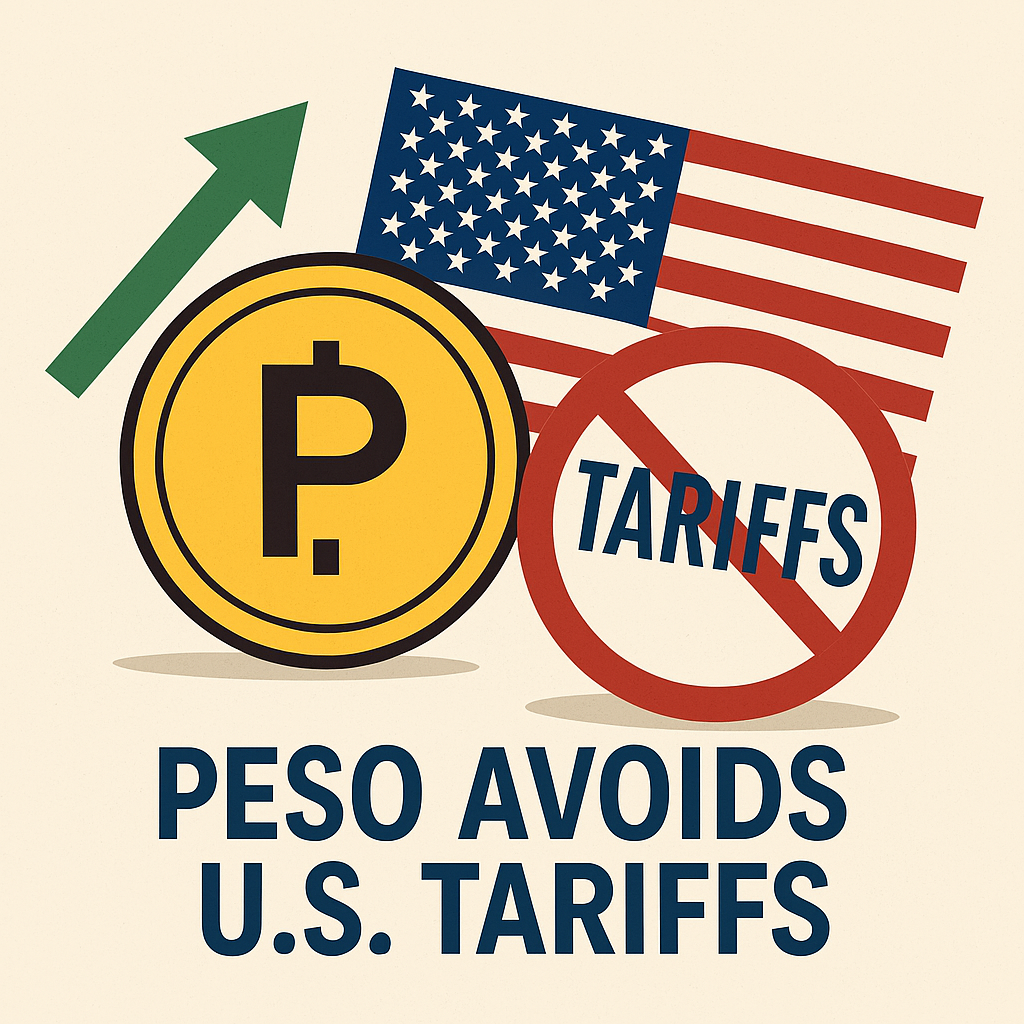Ignacio Teson•Friday, April 4, 2025•2 min read Add an article to your Reading ListRegister now to be able to add articles to your reading list." ari
The Mexican peso depreciated significantly on Friday, ending the week with a negative balance as investor appetite for riskier assets diminished following China’s announcement of retaliatory tariffs against the United States.

The exchange rate closed at 20.4650 pesos per U.S. dollar, compared to 19.9434 pesos on Thursday, according to official data from the Bank of Mexico (Banxico). This marked a loss of 52.16 centavos—or 2.61%—for the peso in a single session.
The dollar traded in a wide range between a high of 20.5575 and a low of 19.9056 pesos. Meanwhile, the U.S. Dollar Index (DXY), which measures the greenback against a basket of six major currencies, rose 1.07% to 103.04 points.
On a weekly basis, the peso also posted a cumulative decline. Compared to last Friday’s close of 20.4169, the peso weakened by 4.81 centavos, representing a 0.24% drop.
USD/MXN
Trade Tensions Escalate
The sell-off came after China responded forcefully to the latest round of tariffs announced by U.S. President Donald Trump, which heavily targeted Chinese goods. In retaliation, Beijing imposed a 34% tariff on all U.S. products—a stronger response than many analysts had expected.
Trump had previously slapped a 54% tariff on Chinese goods, far exceeding forecasts, and warned of further actions unless a “phenomenal” deal was offered. Analysts had hoped for negotiations, but both the speed and scale of the responses have escalated uncertainty.
The fallout could have global implications, increasing the risk of a recession in both the U.S. and other major economies. Central banks now face the challenge of responding to a fast-moving and volatile trade environment.
Peso Reverses Earlier Gains
The peso had rallied earlier this week after Mexico was spared from Trump’s latest round of tariffs, thanks to its participation in the USMCA trade deal. However, those gains evaporated as markets digested China’s retaliation and a drop in consumer confidence at home.
Mexico’s Consumer Confidence Index fell to 46.0 in March—its lowest level since October 2023—reflecting growing pessimism among households regarding the future of the economy and employment prospects.
Trump’s renewed criticism of the USMCA, calling it “the worst deal in U.S. history,” added to concerns. He urged Congress to help “terminate it,” a move that may gain traction as the agreement comes up for review in 2026.
www.fxleaders.com
